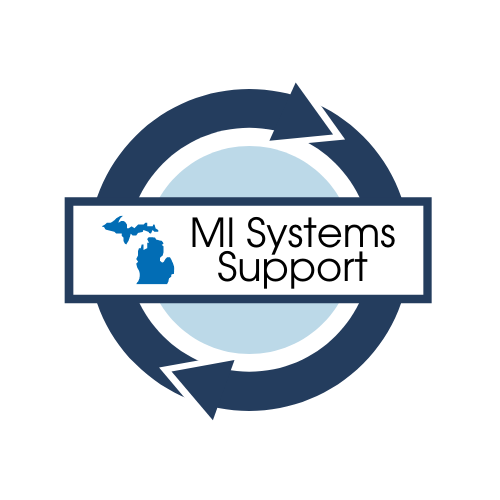
Teacher Collaborative Routines
Articles
How Teachers Can Use Reflection to Elevate Achievement
Summary
Teachers who make it a routine to reflect on their lessons, in turn, have a positive impact on teaching and learning for their students. Reflecting on lessons is the metacognitive side of instruction, and it supports teachers in becoming stronger decision-makers. This article provides recommendations and resources for how to reflect on a lesson using Elevated Achievement’s Learning Model.
-
The purpose of a set of reflection questions is to support the teacher in assessing the success of a lesson and their own decision-making. This helps the teacher answer, “What did you decide to do?” and, more importantly, “How did you decide that?” This article and supporting resources might be used by individual and/or groups of teachers during collaboration time in order to reflect on and potentially adjust their instruction to meet the needs of their students.
-
Facilitation Guide: Reflective Data Analysis
Template: What were Students Demonstrating?
Template: What were Students’ Successes and Challenges?
Template: How did Format Impact Student Demonstration of Learning?
Template: Lesson Design and Delivery
Template: Replicating Lesson Design and Delivery
Template: Revising Lesson Design and Delivery
-
Kennedy, J. (n.d.). How teachers can use reflection to elevate achievement. Elevated Achievement Group.
The Power of Collective Efficacy
-
The article can be used by building leaders to ground staff discussions around collective efficacy, school culture, and the impact that educator beliefs have on student outcomes. It could also be used by central office leaders with building leaders to center discussions around the impact of leaders on the school culture and collective efficacy.
-
-
Summary
The concept of collective efficacy has been studied since the 1970s and has recently been reexamined by Jenni Donohoo, John Hattie, and Rachel Eels in their article The Power of Collective Efficacy. The article summarizes the early research and outlines how school leaders play a large role in building collective teacher efficacy.
Donohoo, J., Hattie, J., & Eells, R. (2018). The power of collective efficacy. Educational Leadership, 75(6), 40-44.
School Reform Initiative (n.d.) Protocols. https://www.schoolreforminitiative.org/protocols/
